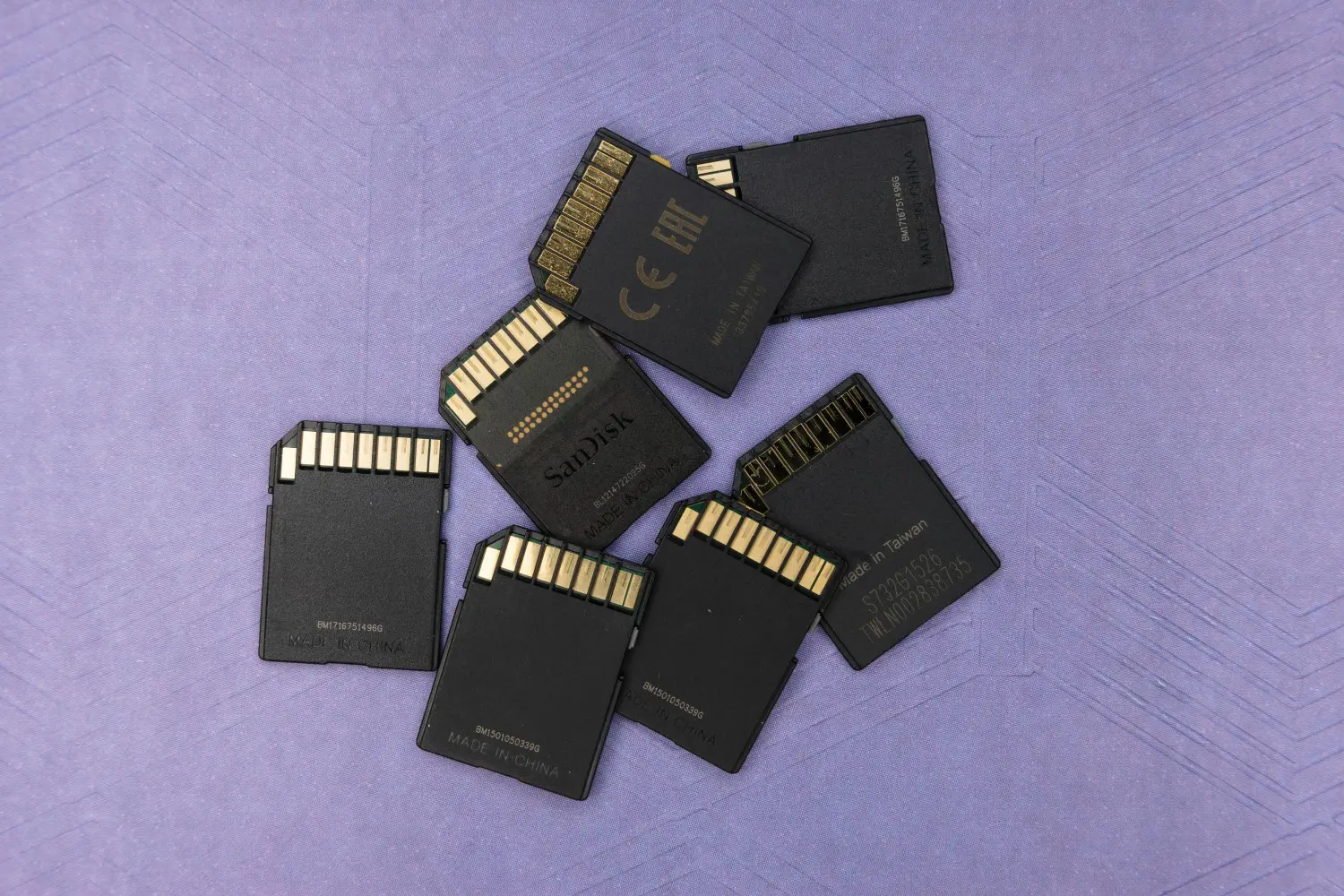XDR is the newest approach to complete cyber security. XDR stands for extended detection and response and is a solution that will do just that. Our XDR of choice is SentinelOne.
You connect different sources of data to monitor your devices and IT infrastructure and using AI the solution uses that data to detect and automatically respond to threats. Many organisations are jumping at the security benefits delivered by XDR.
In this article we discuss the best practices you should be applying when rolling out an XDR solution.
Leverage a Strong EDR Foundation
XDR is based on a solid EDR (endpoint detection and response) foundation and all the benefits that brings. That means, for example, drawing on EDR’s high fidelity telemetry to provide all-important supporting data from endpoints, as well as the real-time detection and remediation capabilities of EDR.
However, XDR extends beyond endpoint protection to providing detection and response coverage across the entire organisation. This means that it provides greater visibility and more context into threats. The high-fidelity telemetry that makes EDR so valuable and provides vital supporting data from endpoints, is now available from more sources.
Likewise, EDR’s ability to offer real-time behavioural detection and remediation can be applied more broadly across the organisation with XDR. Alerts that might otherwise have been missed at an early stage can now be identified earlier and remediated before they have a significant impact. And it is easier to get a more complete understanding of what is happening within the whole enterprise security estate.
Maximise the Value of Your Existing Security Investments
XDR helps maximise the value of your security investments. While a native XDR requires the vendor to supply all the required sensors for typical use cases, an open XDR, concentrates on backend analytics and workflow and integrates with the organisation’s existing workflow.
That makes sense because many organisations have tools and technologies deployed in their SOC that it would be wasteful to simply decommission. These best-in-breed technologies provide reliable point solution coverage, and each comes with a steep learning curve and operational burden for SecOps efficiency.
Switching those out for a new tool, simply starts you on another learning curve with a new burden. XDR can allow you to make use of these existing tools, connecting them through built-in integrations.
Increase Efficiency of Your Security Team
XDR unburdens the SOC team. Cybersecurity analysts are already overloaded, and the situation is likely to get worse as threats increase, tools proliferate, and the skills shortage continues to negatively impact the efficacy of security operations practitioners.
That’s why it’s important to have a tool like the behavioural engine in SentinelOne’s XDR solution, which automatically correlates related activity into unified alerts, which drastically simplifies the task for analysts. In the end, fewer alerts, fewer clicks and fewer screens mean increased SOC efficiency.
Automate Remediation to Contain Attacks Faster
Central to the above points is automation. It’s crucial to maximising the value of your existing tools and to unburdening the SOC team. Automation can improve both threat detection and response.
Automation reduces the amount of manual effort needed, helps with alert fatigue, and significantly lowers the skillset barrier of responding to alerts. All of this leads to better outcomes for the SOC in the form of shorter containment times and an overall reduction in response times.
Integrating XDR into your business and endpoints and fully automating as much of the responses as possible provides you with a significant opportunity to protect your business 24/7. At Bridgeall we are a SentinelOne partner, the leading XDR solution on the market. To learn more about SentinelOne visit our SentinelOne services here or contact us today.




